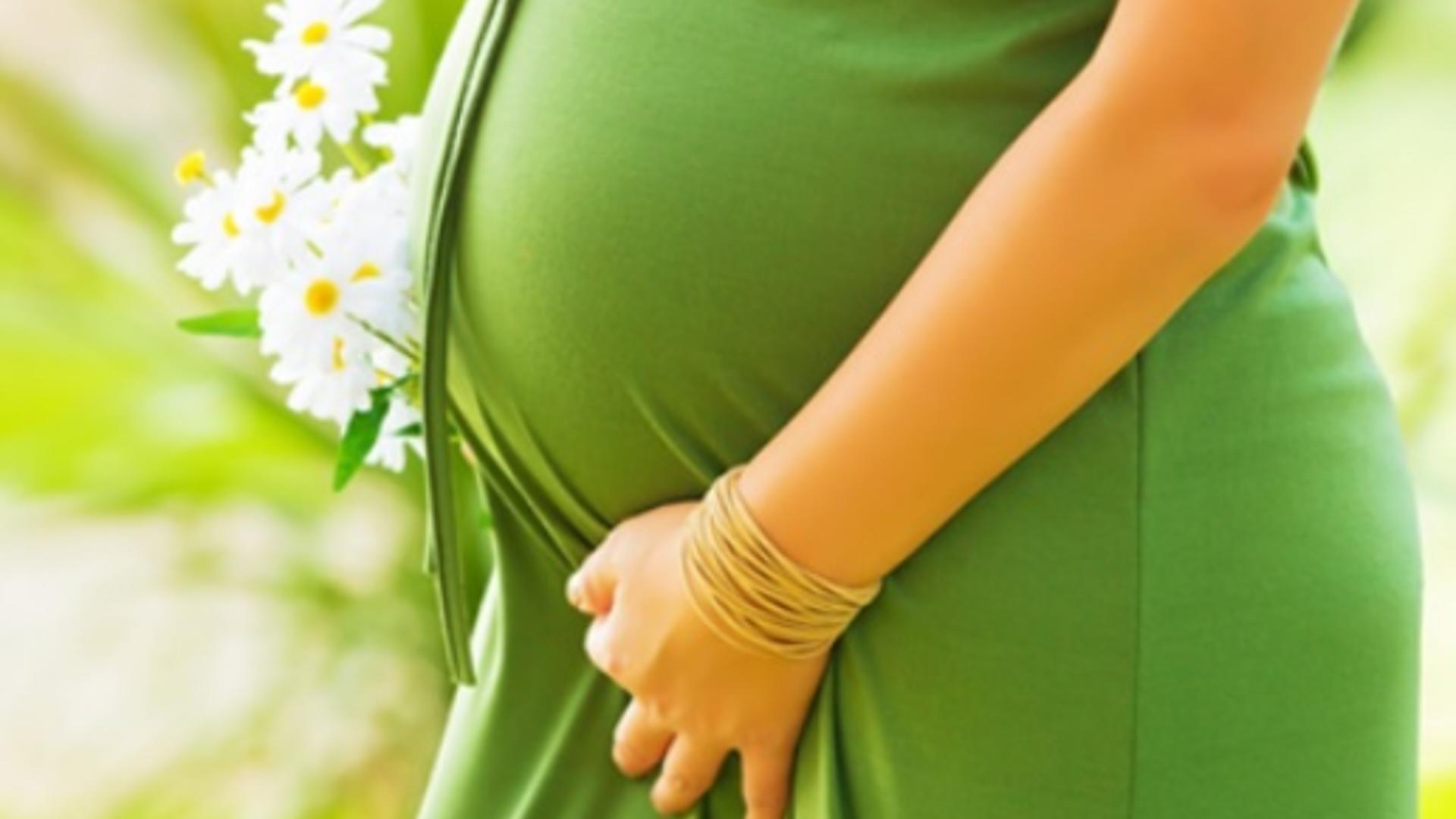I received some bare root trees and shrubs as a gift and would like to know how to plant and care for them.
— Jerry Rosen, Skokie
That sounds like a great gift, just ahead of the growing season. Bare root trees and shrubs are shipped and planted in early spring. Growers dig the plants while they’re dormant, remove the soil from the roots, and pack the roots in moist packing material before shipping. I’d plant them as soon as you receive them. If you can’t plant them right away, store them in a cool and shaded location. I’d recommend checking the packing material around the roots and moistening as needed. Because the weather is unpredictable, I’d protect the plants from a hard freeze by bringing them into an unheated garage or covering them.
I’m sure you’re eager to get started. First, remove all the packing material and carefully untangle the roots. Soak the roots in a bucket of water for 30 minutes to an hour before planting. If the root system is too big to soak, then it’s important to keep the roots moist before planting. As you’re planting, the roots can quickly dry out when left in the sun. There’s no need to prune the tops to compensate for root loss, but I like to prune off any damaged roots and broken branches.
If possible, dig a hole that is two to three times the diameter of the root spread — smaller is OK if the hole is wider than the root system. For trees and shrubs with a very fibrous and dense root system, you might consider leaving a cone of soil in the center of the hole to spread the roots over for support as you backfill. I’d use native soil, without adding amendments, to backfill the planting hole. If you take the time to break up any clods of soil, it’ll be easier to fill in around the roots without bending them. As you backfill, gently pat the soil around the roots. Place the plants so the crowns (where the trunks and stems meet the roots) are slightly above ground level.
You can elevate the crowns 2 to 3 inches in gardens with heavy clay soil and add topsoil to mound the soil up to the crowns. Many fruit trees are grafted. The graft union is a swollen area near the base of the trunk and will be a few inches above the soil line when the tree is planted with the crown at the proper depth.
Now your plants are ready to take off, but they still need your help. Thoroughly water the new plantings, which will help settle the soil and eliminate any air pockets. Monitor how moist the soil is. I’d water roughly every seven to ten days for the first couple of months and then as needed, depending on the soil moisture. A layer of mulch will help retain soil moisture and control weeds. If your plant is not stable and the winds are strong, you might need to stake the plant for support in the first year. A newly installed bare root plant may need some extra time to start growing, so be patient! You don’t need to fertilize the plants in the first year.
For more plant advice, contact the Plant Information Service at the Chicago Botanic Garden at plantinfo@chicagobotanic.org. Tim Johnson is senior director of horticulture at the Chicago Botanic Garden.





